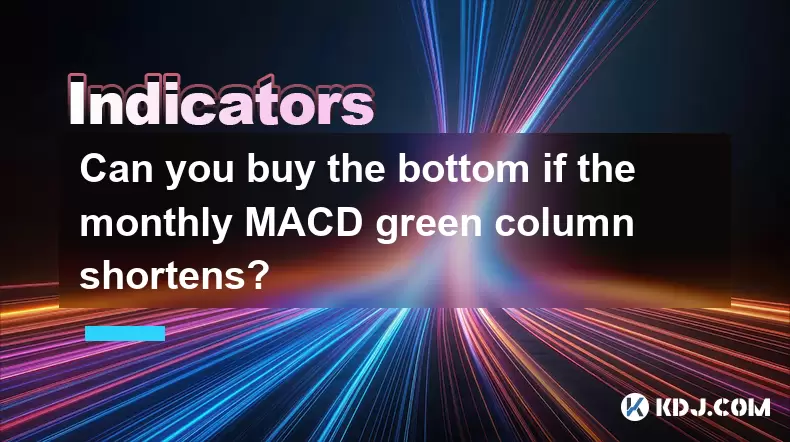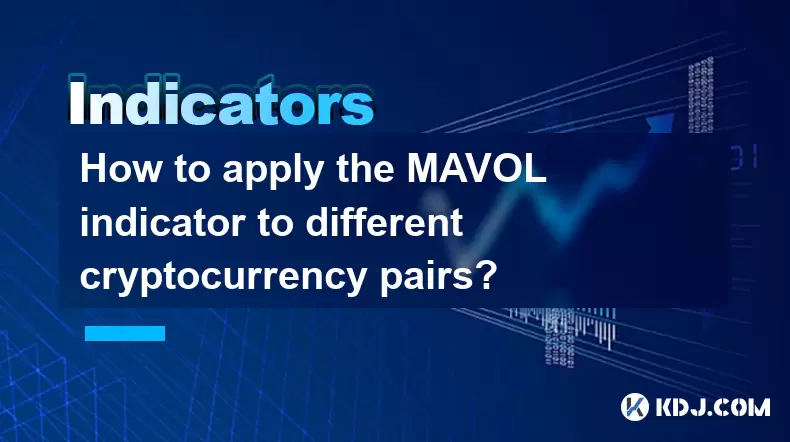-
 Bitcoin
Bitcoin $118400
0.47% -
 Ethereum
Ethereum $3836
2.20% -
 XRP
XRP $3.157
2.98% -
 Tether USDt
Tether USDt $0.9999
-0.03% -
 BNB
BNB $801.5
1.31% -
 Solana
Solana $180.9
2.07% -
 USDC
USDC $0.9999
-0.02% -
 Dogecoin
Dogecoin $0.2225
2.50% -
 TRON
TRON $0.3285
-1.02% -
 Cardano
Cardano $0.7789
2.60% -
 Hyperliquid
Hyperliquid $43.60
2.39% -
 Sui
Sui $3.892
4.41% -
 Stellar
Stellar $0.4229
3.34% -
 Chainlink
Chainlink $18.01
3.98% -
 Hedera
Hedera $0.2745
6.77% -
 Bitcoin Cash
Bitcoin Cash $582.3
3.38% -
 Avalanche
Avalanche $23.77
1.04% -
 Ethena USDe
Ethena USDe $1.001
0.01% -
 Toncoin
Toncoin $3.493
3.59% -
 Litecoin
Litecoin $110.0
2.48% -
 UNUS SED LEO
UNUS SED LEO $8.936
-0.37% -
 Shiba Inu
Shiba Inu $0.00001304
2.49% -
 Uniswap
Uniswap $9.999
1.09% -
 Polkadot
Polkadot $3.897
3.26% -
 Monero
Monero $308.6
-0.83% -
 Dai
Dai $0.9999
-0.01% -
 Bitget Token
Bitget Token $4.504
-0.04% -
 Pepe
Pepe $0.00001154
2.95% -
 Cronos
Cronos $0.1471
3.06% -
 Ethena
Ethena $0.6691
19.53%
Can you buy the bottom if the monthly MACD green column shortens?
A shortening green MACD histogram on the monthly chart suggests weakening bullish momentum, but it doesn't guarantee a trend reversal or a bottom.
Jun 21, 2025 at 10:00 am

Understanding the Monthly MACD Indicator
The Moving Average Convergence Divergence (MACD) is a popular technical indicator used by traders to identify potential trend reversals and momentum shifts. On the monthly chart, this indicator becomes particularly significant due to its long-term perspective. The MACD histogram, represented as green or red columns, visually shows the difference between the MACD line and the signal line. A shortening of the green column indicates that the bullish momentum is weakening.
Traders often interpret this scenario as a warning sign rather than a buy signal. While some may speculate that a shortening green bar could suggest an imminent reversal from bearish to bullish, it’s crucial to understand that this isn’t always the case. The monthly timeframe demands patience and deeper analysis, especially for those considering buying during such conditions.
Why Shortening Green Columns Don't Always Signal a Bottom
A declining green histogram value means that the upward momentum is decreasing. However, this doesn't automatically imply that the price has reached its bottom or that a reversal is imminent. In fact, in many cases, the price continues to decline even after the green bars start shrinking.
This is because the MACD histogram reflects momentum, not price direction directly. If the green bars are getting smaller, it simply suggests that bulls are losing strength — but bears can still take control and push prices lower. Therefore, attempting to buy the bottom solely based on this signal can be misleading and risky without additional confirmation.
How to Confirm if It's a Real Bottom
To avoid premature entries, traders should look for other confirming signals alongside the MACD histogram contraction. These include:
- Price action patterns: Look for candlestick formations like hammer, engulfing, or key reversal candles.
- Support levels: Check if the price is approaching historical support zones or Fibonacci retracement levels.
- Volume: An increase in volume during a pullback can indicate strong interest at lower levels.
- Divergence: Compare price with the MACD line. If the price makes a lower low but the MACD makes a higher low, it may suggest hidden strength among buyers.
Each of these elements must align before assuming that the shortening green histogram is signaling a real bottom.
Practical Steps to Analyze the Scenario
If you're evaluating whether to buy when the monthly MACD green column shortens, here’s how to approach it step-by-step:
- Check the broader trend: Is the market in a long-term uptrend or downtrend? Buying against the trend increases risk.
- Zoom into lower timeframes: Use daily or weekly charts to spot early signs of reversal or continuation.
- Draw trendlines and key levels: Identify critical areas where price might reverse or break.
- Use other indicators: Combine RSI, Stochastic, or Bollinger Bands with MACD for more clarity.
- Wait for a trigger: Don’t act immediately. Wait for a confirmed close above a resistance level or a bullish candlestick pattern.
Each of these steps helps filter out false signals and provides a structured way to evaluate whether it's safe to enter a trade based on MACD contraction.
Risks Involved in Trying to Buy the Bottom
Trying to buy the bottom is inherently risky, especially when relying only on the monthly MACD green column shortening. Markets can remain irrational longer than expected, and what looks like a bottom can easily turn into a deeper correction or a new leg down.
Some risks include:
- False breakouts: Price might briefly bounce but then resume the downtrend.
- Whipsaw movements: Especially common in crypto markets, where volatility can trap traders on both sides.
- Lack of liquidity: In some altcoins or less-traded assets, slippage can significantly affect entry and exit points.
- Psychological pressure: Holding a position that moves against you can lead to emotional decisions.
Therefore, it’s essential to have a clear risk management plan in place before entering any trade based on this signal.
Frequently Asked Questions
Q: Does the MACD histogram work better on certain cryptocurrencies than others?
Yes, the effectiveness of the MACD histogram can vary depending on the asset’s volatility and trading volume. Major coins like Bitcoin and Ethereum tend to show clearer patterns compared to smaller altcoins, which are more prone to erratic price swings.
Q: Can I use the MACD histogram alone to make trades?
While the MACD histogram is a powerful tool, relying solely on it can lead to misinterpretations. Combining it with price action, volume, and other indicators improves accuracy and reduces false signals.
Q: How long should I wait after seeing a shortening green column before making a move?
There is no fixed rule, but waiting for a confirmed reversal pattern or a breakout above a key resistance level is advisable. This could take days or even weeks on the monthly chart, so patience is crucial.
Q: What timeframes complement the monthly MACD analysis best?
Daily and weekly timeframes are ideal for zooming in on specific entries once a setup is identified on the monthly chart. These allow for more precise timing while keeping the bigger picture in focus.
Disclaimer:info@kdj.com
The information provided is not trading advice. kdj.com does not assume any responsibility for any investments made based on the information provided in this article. Cryptocurrencies are highly volatile and it is highly recommended that you invest with caution after thorough research!
If you believe that the content used on this website infringes your copyright, please contact us immediately (info@kdj.com) and we will delete it promptly.
- SEC, Crypto, and On-Chain: Navigating the Regulatory Maze
- 2025-08-01 02:31:40
- Bitcoin Bullish Market: How Long Positions are Boosting the Crypto King
- 2025-08-01 02:35:33
- Visa, Stellar, and Stablecoins: A New York Minute on the Future of Finance
- 2025-08-01 01:50:50
- BCH, FET, BlockDAG: Decoding the Crypto Buzz
- 2025-08-01 01:16:37
- Conflux Token, Crypto Simplicity, and WeWake Finance: A New Era?
- 2025-08-01 01:50:50
- Dogecoin, Remittix, and Analyst Targets: Navigating the Crypto Landscape
- 2025-08-01 01:55:40
Related knowledge

What does it signify when the MACD crosses below the zero line?
Aug 01,2025 at 01:43am
Understanding the MACD IndicatorThe Moving Average Convergence Divergence (MACD) is one of the most widely used technical analysis tools in the crypto...

How does the MACD histogram show momentum?
Aug 01,2025 at 01:16am
Understanding the MACD Histogram and Its Role in Cryptocurrency TradingThe MACD histogram is a visual representation of the difference between the MAC...

What is a MACD crossover?
Jul 31,2025 at 11:52pm
Understanding the Role of Private Keys in Cryptocurrency SecurityIn the world of cryptocurrency, private keys are the cornerstone of ownership and con...

How can you use the MACD histogram to determine trend strength?
Jul 31,2025 at 11:10pm
Understanding the MACD Histogram and Its ComponentsThe MACD (Moving Average Convergence Divergence) histogram is a visual representation of the differ...

What is the impact of different moving average types (SMA vs. EMA) on the MAVOL indicator?
Aug 01,2025 at 02:31am
Understanding the MAVOL Indicator in Cryptocurrency AnalysisThe MAVOL (Moving Average Volume) indicator is a technical analysis tool used in the crypt...

How to apply the MAVOL indicator to different cryptocurrency pairs?
Aug 01,2025 at 12:43am
Understanding the MAVOL Indicator in Cryptocurrency TradingThe MAVOL indicator, short for Moving Average Volume, is a technical analysis tool that app...

What does it signify when the MACD crosses below the zero line?
Aug 01,2025 at 01:43am
Understanding the MACD IndicatorThe Moving Average Convergence Divergence (MACD) is one of the most widely used technical analysis tools in the crypto...

How does the MACD histogram show momentum?
Aug 01,2025 at 01:16am
Understanding the MACD Histogram and Its Role in Cryptocurrency TradingThe MACD histogram is a visual representation of the difference between the MAC...

What is a MACD crossover?
Jul 31,2025 at 11:52pm
Understanding the Role of Private Keys in Cryptocurrency SecurityIn the world of cryptocurrency, private keys are the cornerstone of ownership and con...

How can you use the MACD histogram to determine trend strength?
Jul 31,2025 at 11:10pm
Understanding the MACD Histogram and Its ComponentsThe MACD (Moving Average Convergence Divergence) histogram is a visual representation of the differ...

What is the impact of different moving average types (SMA vs. EMA) on the MAVOL indicator?
Aug 01,2025 at 02:31am
Understanding the MAVOL Indicator in Cryptocurrency AnalysisThe MAVOL (Moving Average Volume) indicator is a technical analysis tool used in the crypt...

How to apply the MAVOL indicator to different cryptocurrency pairs?
Aug 01,2025 at 12:43am
Understanding the MAVOL Indicator in Cryptocurrency TradingThe MAVOL indicator, short for Moving Average Volume, is a technical analysis tool that app...
See all articles

























































































